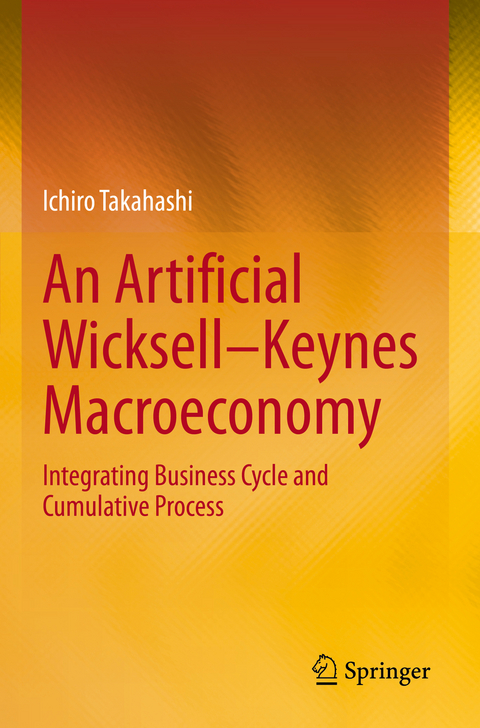
An Artificial Wicksell—Keynes Macroeconomy
Springer Verlag, Singapore
978-981-16-6841-8 (ISBN)
This book presents an agent-based macroeconomic model developed on the Keynesian principle of effective demand and the Wicksellian theory of cumulative process. The main purpose of the book is to demystify inherent forces that revive an economy from a long-run downturn. The model has three types of bounded-rational agents: firm, household, and bank. To highlight the autonomous revival mechanisms, the model is assumed to be completely closed and free from any external influences such as changes in management of aggregate demand or supply/demand shocks. The key finding of the book is that diversity of firms is a crucial element in reviving investment activities. While a production sector is represented by a single firm in a conventional model, this model has introduced a large number of heterogeneous firms that confront diverse constraints both at the firm and aggregate levels. The behaviours of these firms may vary despite being exposed to the same aggregate environment. For example, economic downturns usually precipitate a fall in real wages as a response to decreased aggregate demand. Most firms reduce their employment focusing on the reduction in aggregate demand. However, some firms identify a reduction in real wage as a sign of improving profitability hence they may expand employment. This could result in an increased aggregate demand and benefit other firms with further employment. It could even reverse the trend to an upslope, thereby ultimately achieving full of near full employment. This book details further on: (1) the rigidity of prices and wages in a stable economy (2) the fundamental factors to establish a robust and high-performing economy, with the focus on the importance of a stable and equitable macroeconomic environment.
Dr. Ichiro Takahashi, Ph.D., is a Japanese economist, who studied microfoundations of Keynesian economics, under late Prof. Walter P. Heller. He taught economics across the U.S. and Japan at Carnegie Mellon University, Soka University and Chuo University. Previous Dean of the Faculty of International Liberal Arts at Soka University, current Professor in Economics at Chuo University.
Chapter 1. Market Mechanism: Stabilizing or Destabilizing?- Chapter 2. Artificial Wicksell–Keynes Model 3 Agent’s Behaviors.- Chapter 4. Steady State Equilibrium.- Chapter 5. Parameter Tuning for Baseline.- Chapter 6. Simulation Results and Discussions.- Chapter 7. The Mechanism of Recovery in Fixed Investment.- Chapter 8. Moderate Nominal Rigidity as the Anchor of Stability.- Chapter 9. Number of Firms and Gestation Lag.
| Erscheinungsdatum | 19.04.2023 |
|---|---|
| Zusatzinfo | 1 Illustrations, black and white; XVII, 164 p. 1 illus. |
| Verlagsort | Singapore |
| Sprache | englisch |
| Maße | 155 x 235 mm |
| Themenwelt | Informatik ► Theorie / Studium ► Künstliche Intelligenz / Robotik |
| Wirtschaft ► Allgemeines / Lexika | |
| Wirtschaft ► Volkswirtschaftslehre ► Makroökonomie | |
| Schlagworte | Agent-based model • Business Cycle • Cumulative Process • Keynes • Wage Rigidity • Wicksell |
| ISBN-10 | 981-16-6841-8 / 9811668418 |
| ISBN-13 | 978-981-16-6841-8 / 9789811668418 |
| Zustand | Neuware |
| Informationen gemäß Produktsicherheitsverordnung (GPSR) | |
| Haben Sie eine Frage zum Produkt? |
aus dem Bereich


